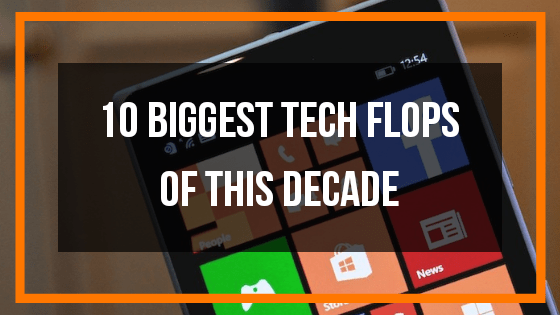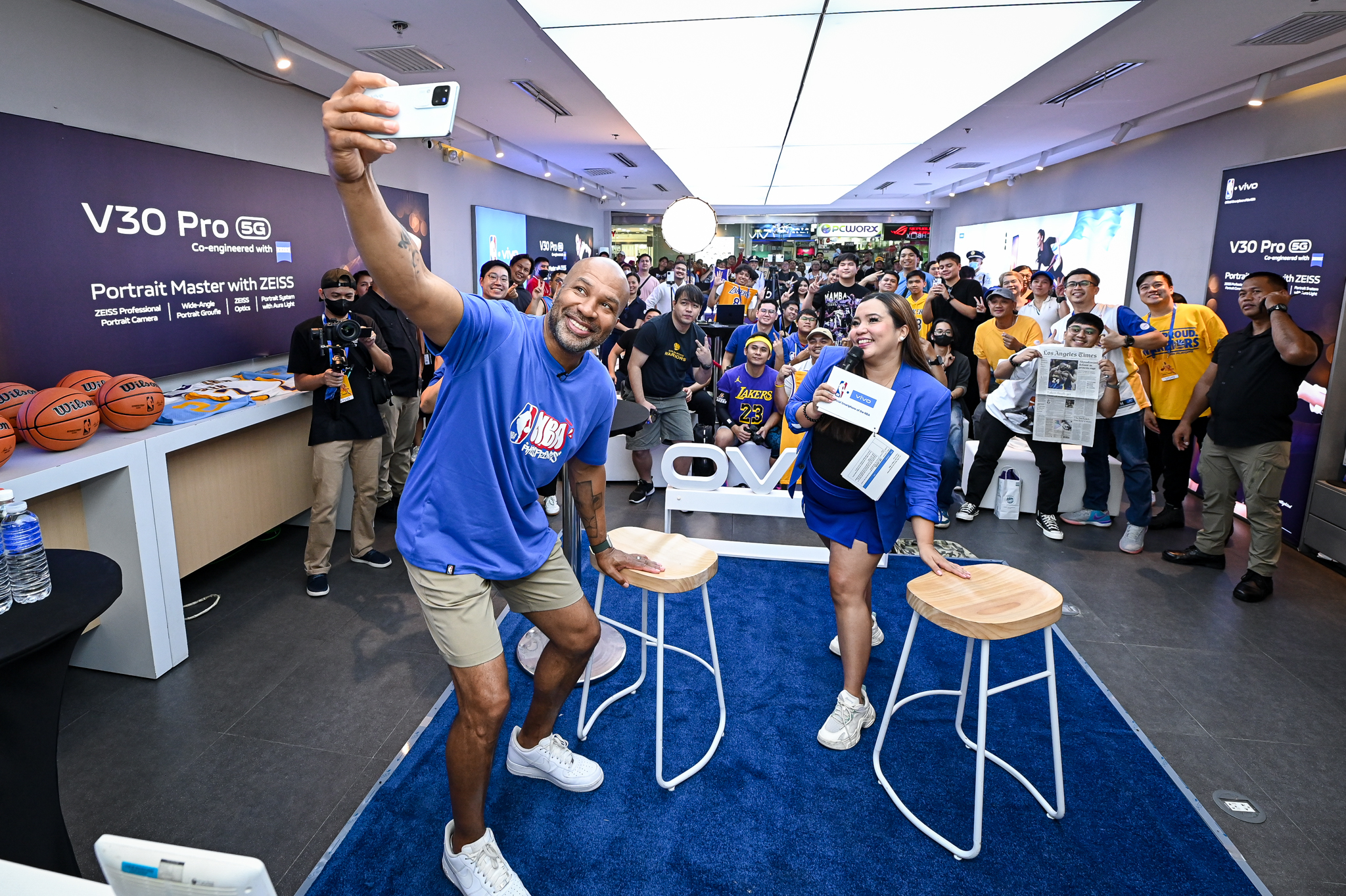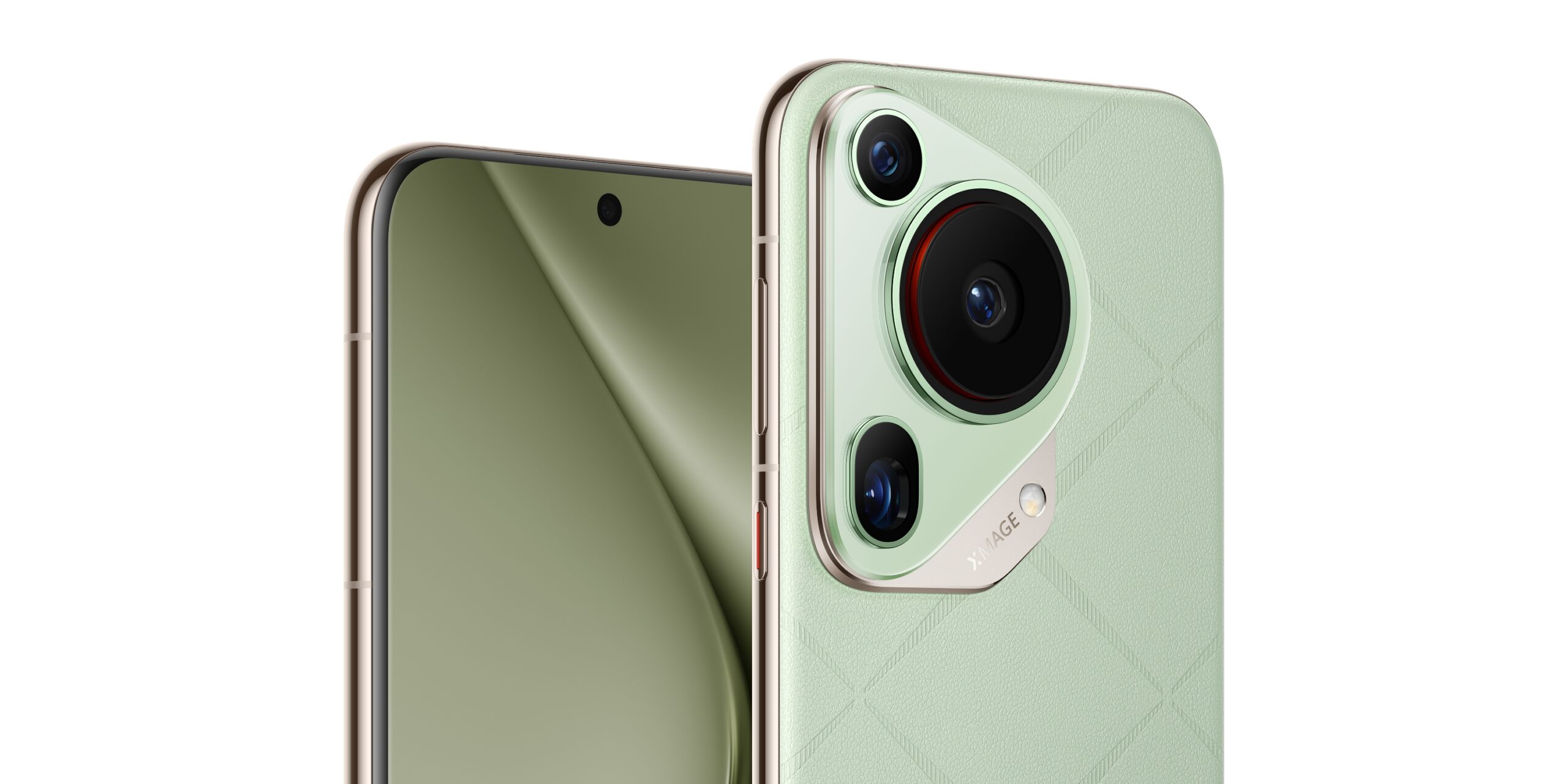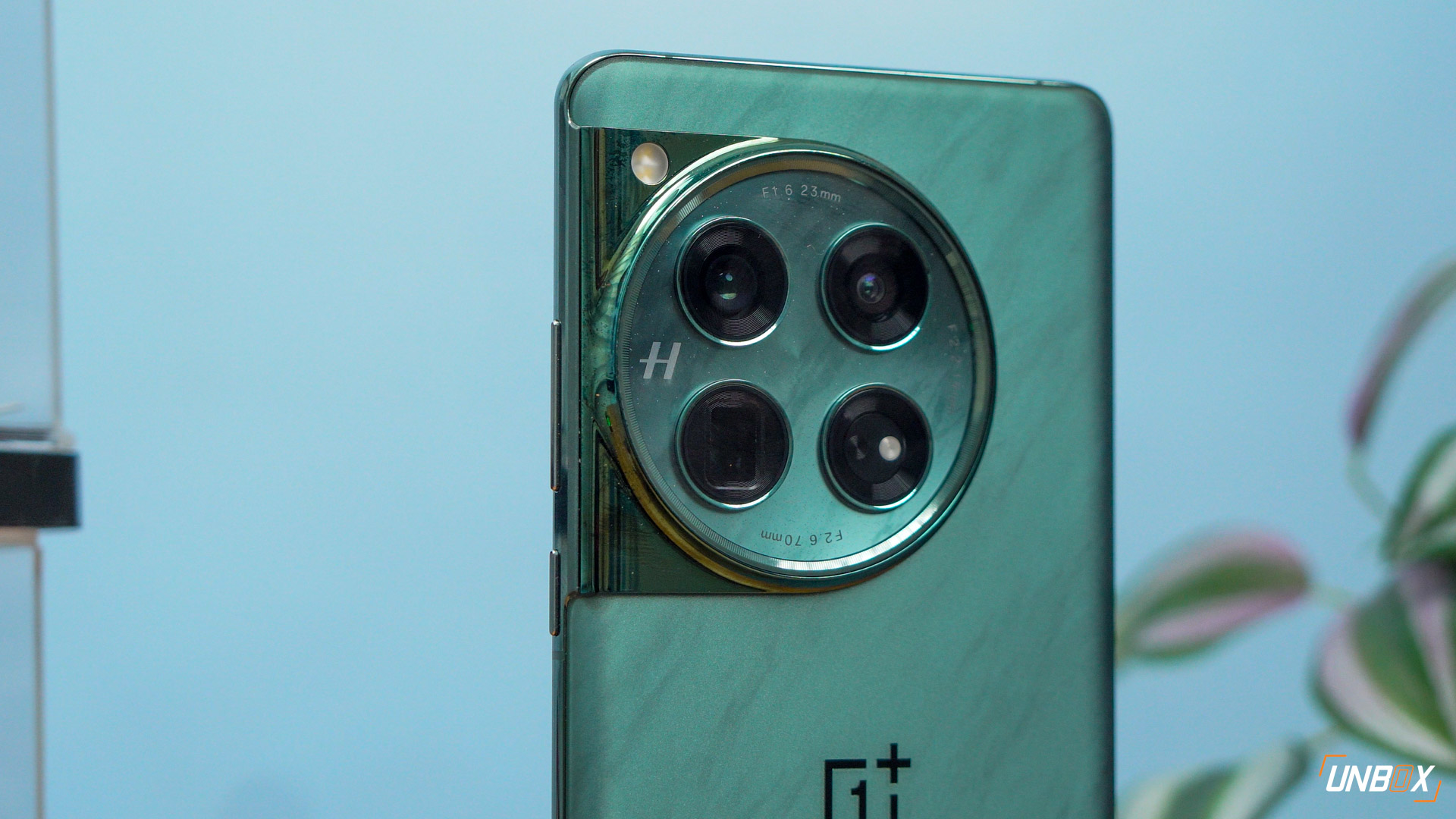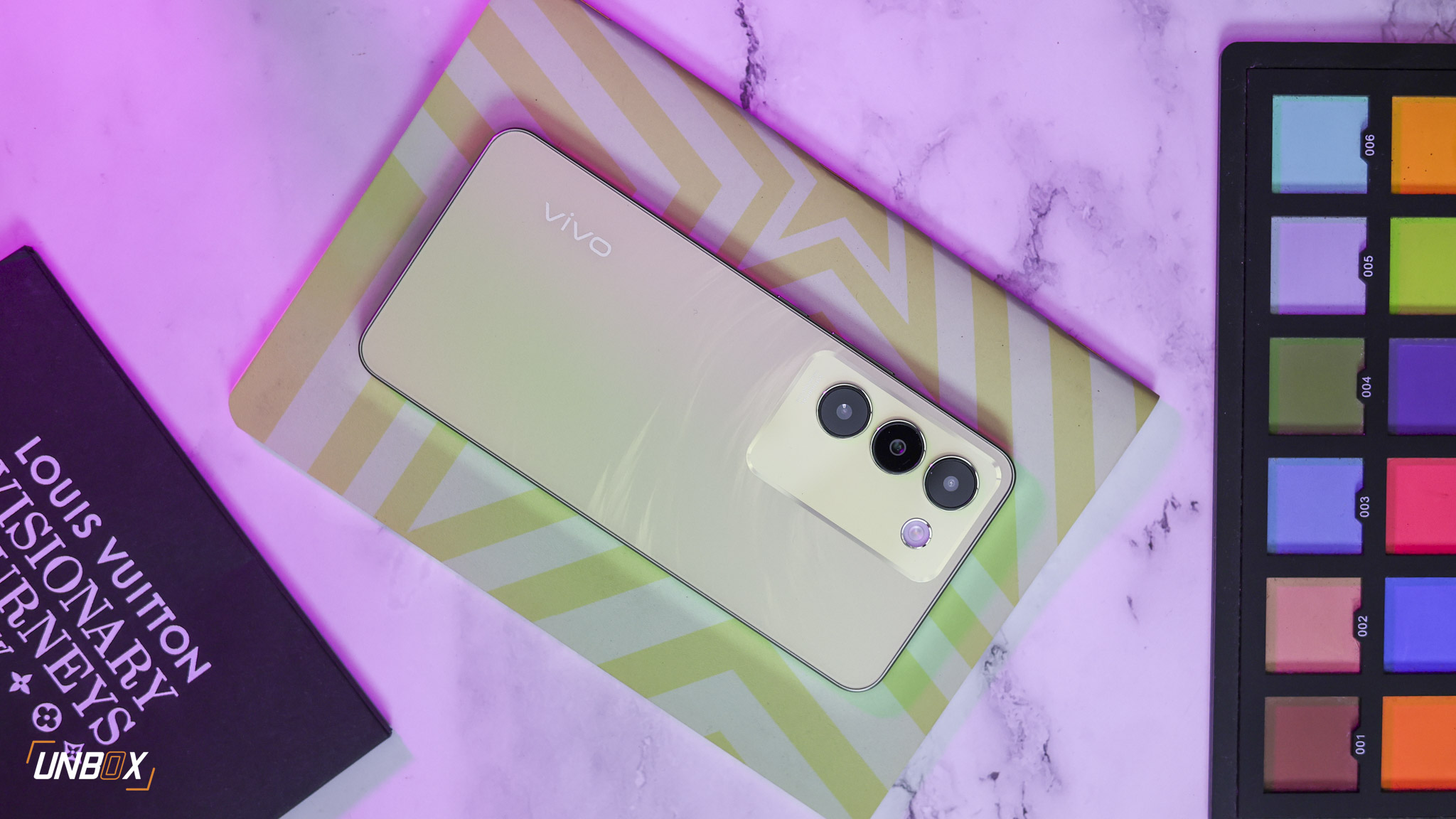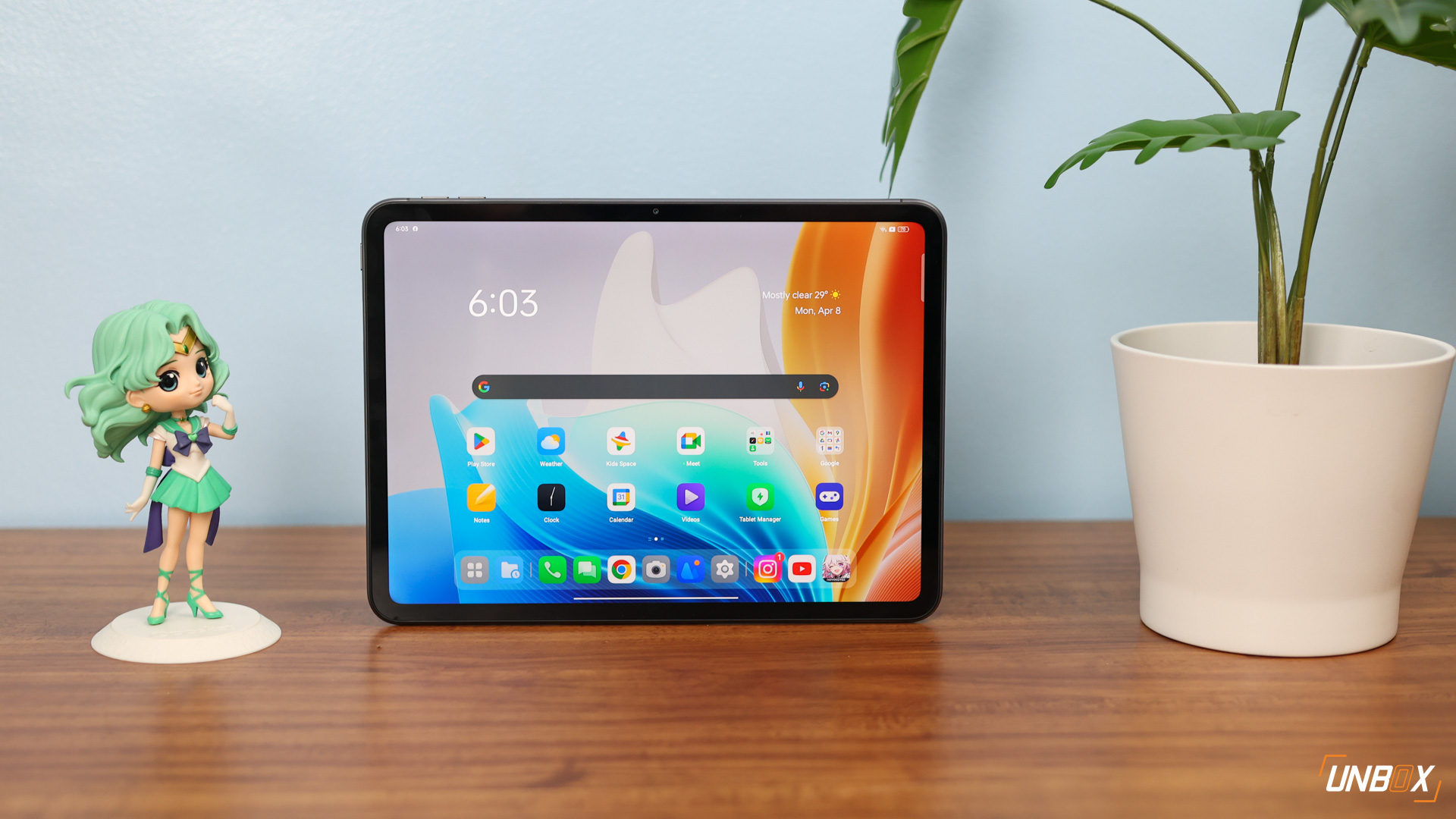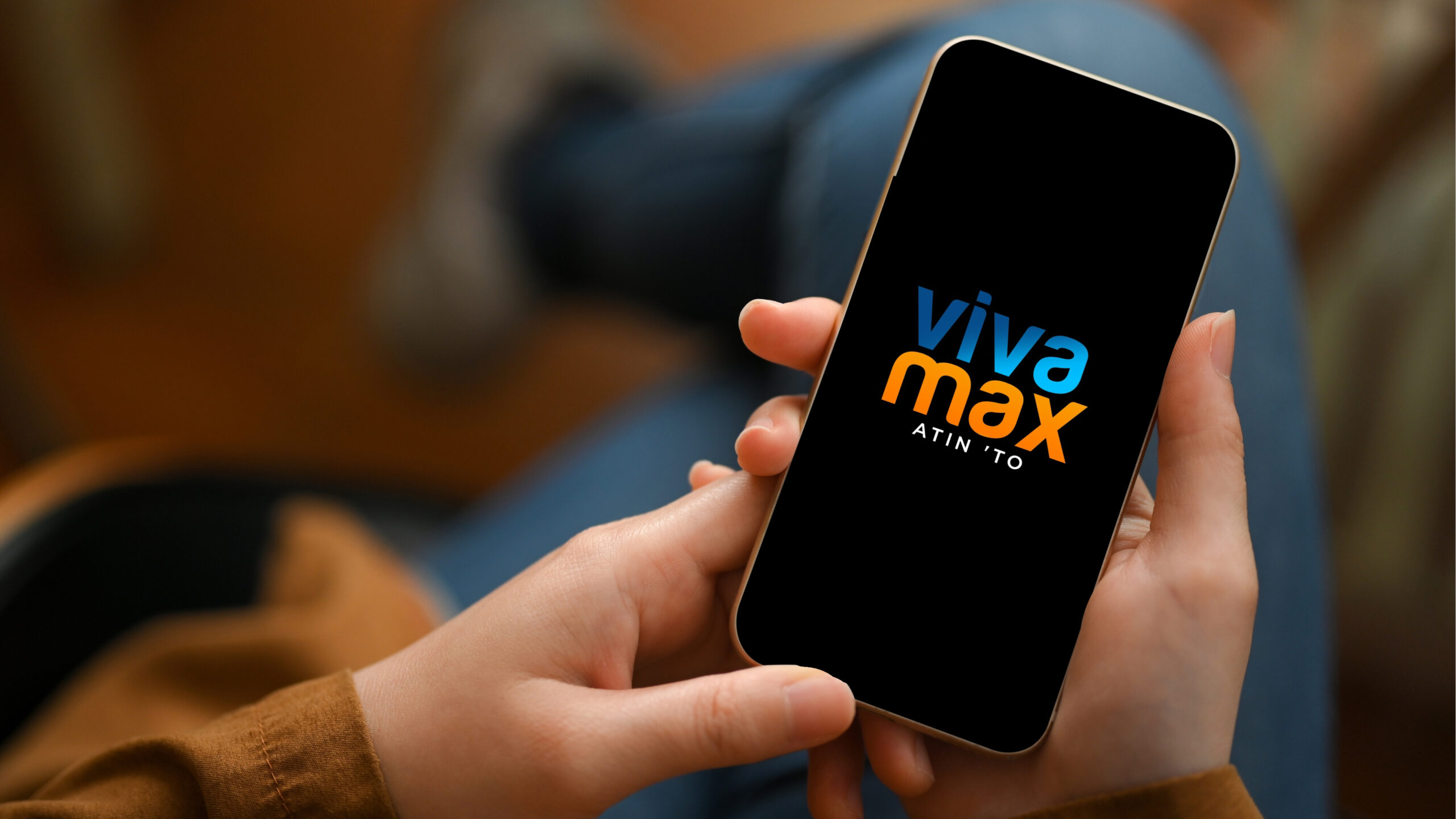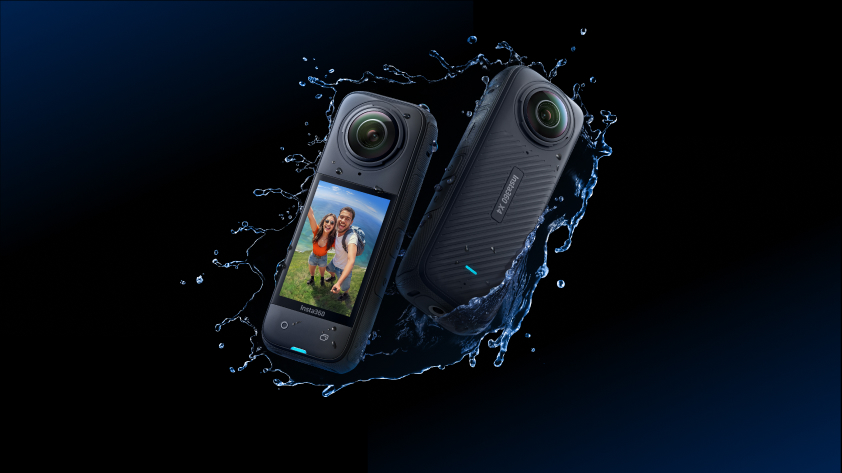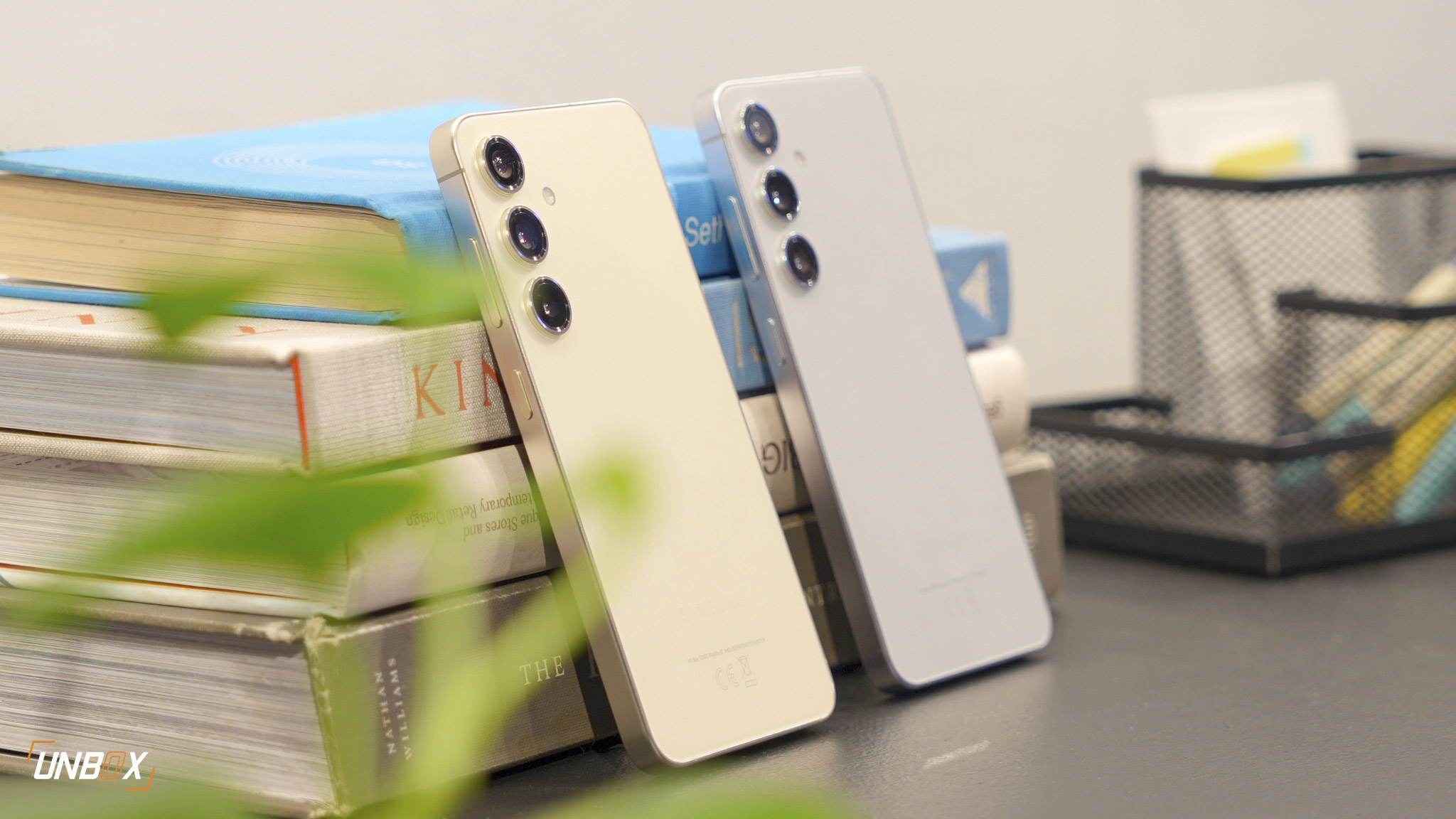Sometimes, dreaming big doesn’t work
As 2019 draws to a close and we look back at a decade of awesome tech, the failures of the past decade bears re-examining, if only to see what didn’t work in the tech world in the past 10 years. This list is littered with the failures of not only small companies but huge corporations that seemed infallible at the time. It just proves no one is immune from misreading the tea leaves – not even Google and Facebook.
3D TVs and monitors
3D promised to be the next big thing in big-screen viewing when the decade started in 2010, with companies like Samsung, Sony and LG jumping feet-first in the 3D bandwagon. Hollywood tried its hardest to shove 3D down our throats with 3D content, jumpstarted by Avatar’s success in the theaters.
But expensive, incompatible and uncomfortable glasses, the extra cost of the hardware as well as the inherent problems of trying to convert a 2D medium into a 3D one made adoption of the tech slow and painful, and companies slowly stopped offering 3D-capable models as the decade wore on. Sony and LG were the two last holdouts in 2017, but both finally came to their senses and dropped the tech the same year.
Mobile OS that isn’t Android or iOS
The start of the decade saw multiple mobile platforms duking it out. You had Google with their Android OS making its first shaky steps to consumer adoption in 2010, Apple and iOS making headway with their iPhone 3G, BlackBerry with their OS 7.1 on their handsets, and Nokia with Symbian OS that would soon become MeeGo with the launch of their Nokia N9. Microsoft also launched the first iteration of Windows Phone (Windows Phone 7) in MWC in 2010.
But as the decade wore on, it started to become clear that only Android and iOS would stand the test of time. Nokia’s OS never took off, and the company abandoned it in favor of Windows Phone before being bought by Microsoft in 2013. Surprisingly enough, it’s only recently that Microsoft ended support for Windows 10 Mobile (support ended on December 10, 2019) though at this point the adoption rate for it is pathetically low compared to the reigning kings Android and iOS.
BlackBerry’s own OS efforts fell flat on its face with BB10, with the company throwing in the towel as far as internal phone production goes in 2014, with TCL picking up the brand and reviving it using a specially skinned version of the Android OS.
Right now it’s a two-horse race between Android and iOS, and it’s clear that these two mobile operating systems will remain king until a new challenger appears.
Google Glass
When Google announced Google Glass, its first wearable computer, it was hailed as one of the most innovative products of all time. The idea was simple – putting a computer with a small screen and camera on your head would allow you to multitask like crazy, keeping you connected to the internet at all times, all the while taking voice commands – it was unlike anything else in the market at the time.
But there was plenty of problems with the tech when it was unveiled to a select set of early adopters that paid through the nose to act as beta testers – its battery life was miserable, it had overheating problems, it didn’t have a clear use case for the consumer, it made the wearer look incredibly dorky and more importantly, it raised huge privacy concerns because users could activate the camera at any time, with little warning that they were recording.
While Google Glass isn’t completely dead (it got resurrected as a tool for factories and warehouses across the US) it represents one of the few failures of Google in terms of rolling out a product to the general populace.
 Google+
Google+
Google’s foray into making its own social network produced Google+. Created in 2011 allegedly as a response to the rapid growth of Facebook, there wasn’t really a clear direction to Google’s new social network. Sharing posts were confusing, the circle feature in Google+ made a lot of users scratching their heads and a lack of a mobile version hampered user experience during a time when people were spending more and more time on mobile phones and less time on the PC.
There were a few dedicated users on the platform, though any hope of Google+ finding a second wind died with the huge data breach exposed hundreds of thousands of user’s information, prompting Google to end its misery.
The Facebook Phone
The idea of having a dedicated phone just for Facebook is laughable now, but it was a viable business idea for the social media giant back in 2013. The company partnered with HTC for the HTC First, and while the phone technically ran an Android OS, it was customized with Facebook Home, essentially putting your newsfeed front and center.
The phone itself was unremarkable, considered as a mid-range device back in 2013. HTC did a few more collabs with the social media giant, outing phones with dedicated Facebook buttons but the appeal of using a phone built specifically for Facebook lost steam really quickly as time wore on.
 Samsung’s Galaxy Note 7
Samsung’s Galaxy Note 7
Nothing spelled tech disaster more than Samsung’s disastrous Galaxy Note 7. There was nothing wrong with the design of the phone – when we reviewed it the week it was released, we wholeheartedly recommended it to anyone looking for the very best phone back in 2016.
That was before it started catching fire.
Turns out pushing the boundaries of smartphone design sometimes backfires, and in Samsung’s case, in spectacular fashion. Samsung did try to rectify the situation by issuing a recall and sending out replacement devices, which also started catching fire.
Eventually, Samsung bit the bullet and recalled ALL the Galaxy Note 7’s it ever made, replacing it with a different model via a very expensive recall program. And while Samsung’s phones became the butt of many a bomb joke for a while after the debacle, the fact that the company has managed to bounce back from a failure that would have probably sunk any other company is a testament to how well they’ve responded to the crisis.
The PS Vita
2010 was a great time for Sony and their handheld market – the PSP was doing incredibly well, so it was a no brainer that the follow-up device, the PS Vita, would continue to dominate the handheld gaming market.
But a rising mobile gaming market, shifting attitudes towards handheld consoles as well as a lack of truly compelling titles and the jack-of-all-trades approach to the hardware by Sony meant fewer people found the platform worth investing in.
Sony eventually pulled the plug on the Vita this year, though the success of Nintendo’s Switch shows that there’s still a market for a well-made handheld console.
Windows 8
While Microsoft has had plenty of failures in its lifetime, none of them were as bad as Windows 8. There’s a bunch of reasons why Windows 8 sucked harder than an industrial-grade vacuum machine, but the biggest one was the fact that Microsoft radically changed how people interacted with their OS.
Gone was the start menu, a staple of the OS, for no good reason. Instead, we got tiles and tiles of dumb crap that nobody wanted, Charms that confused the hell out of its user base, and a UI that was optimized more for tablets than PCs for some reason.
Thankfully Microsoft rectified many of the problems of Windows 8 with the Windows 8.1 update, but we’ll still remember the time when Windows 8 dropped and we couldn’t find a way to turn off our PCs, for some reason. Thanks, Microsoft.
Tablets that aren’t made by Apple
A few years ago the market was awash with tablets and slates powered by Android from every manufacturer that mattered. Sony, Samsung, Huawei, LG and every other phone brand somehow had their own tablet to sell you, and even Google had their own version of the slate.
READ: Sony Xperia Z2 Tablet Review: Ridiculously Slim and Powerful Android Tablet
READ: Samsung Galaxy Tab S3 Quick Review: The Best Android Tablet In The Market?
READ: Huawei MediaPad M5 lite Unboxing, Quick Review: Entertainment on the Go
Unfortunately, only two stubborn manufacturers (Huawei and Samsung) are still making tablets for Android. It’s not that the form factor is a problem – Apple is still selling millions of the things, so it has to be the platform. While Android is a great OS for phones, it sucks as a tablet OS. Android apps aren’t natively optimized for tablets, and very few developers take the time to nail the tablet experience for their apps because, why bother?
It doesn’t help that Google hasn’t really made drastic improvements to the tablet experience, which makes using Android Tablets clunky at best and nightmares at worst.

VR using phones
The idea of having virtual-reality headsets in your home was an awesome one, but sadly many consumers will never experience true VR in their home in this decade.
It’s not for the lack of trying – many companies like Samsung and Google tried to make VR a reality by using smartphones and platforms like Daydream, which was announced in 2016. Back then it seemed like every company was toying the idea of phone-based VR, but despite the success of one-off projects like the Cardboard headset, the tech never really found much consumer support.
While specialized VR platforms like the Oculus Rift, HTC Vive and Playstation VR are still alive and kicking, phone-based VR, at least on Google’s side, is officially dead. Google shuttered Daydream this year, and neither the Pixel 4 and Pixel 4 XL, two of the company’s flagships support it.


